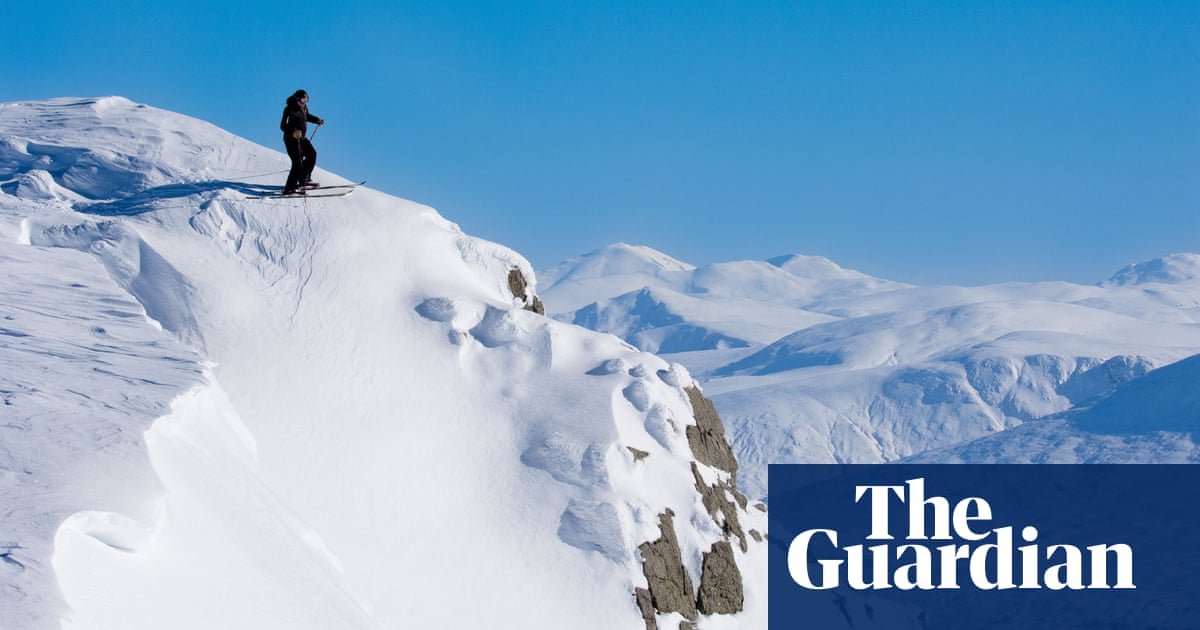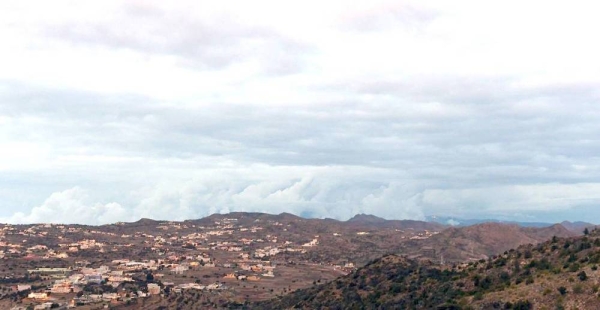
was once working at a beer festival in -12C and high wind for 18 hours. It was so cold that beer brought outside would “steam” like a cup of tea. We kept warm by wearing about 10 layers (Scottish woolly jumpers and Norwegian merino thermals). Under-layers are much more important than jackets, but they must be breathable and not cotton. Old-fashioned all-in-one long johns with a vest suit (and a bum hatch) were the best thing I bought, as they keep your middle warm even if you move around a lot (regular vests come untucked). Wool is the best material, as it stays dry; damp is the real enemy. Your hands are the best indicator – they should stay warm without gloves and steam if cold water touches them. If your hands get cold, you need another layer. Kenn Flatt, market trader
Take spare gloves for the afternoon. There is nothing worse than putting on cold, soggy gloves after your lunch break – it makes you feel cold instantly. Simon Rogers, ranger, Cwm Idwal national nature reserve, Snowdonia
I keep busy by pruning orchard trees and soft fruit, and preparing ground for new plants. Feet are really important for staying warm. Waterproof footwear is a must. There are lots of very expensive options here, but I just go for fleece-lined wellies and two sets of socks. You can also add thermal insoles to help prevent cold from coming up from frozen ground. I always bring a vacuum flask, for regular warm drinks throughout the day, and stop for a snack mid-morning, as the food helps to warm you up. Nancy Lowe, gardener
I am 69 and live in Suffolk. I have been a postman and a lorry driver and I am now a conservation worker. You need two pairs of socks – thin on the inside and wool on the outside. Army surplus thermal tops are cheap and very effective. Eat a good breakfast – porridge and jam or loads of toast. Do not sit around too long. Paul Sutton, conservation worker
I pregnancy-test sheep using ultrasound. I live in Kent, but travel worldwide. All of the work is done outside in winter. Ontario is by far the coldest place I have worked, often in the -20Cs. Merino base layers were a gamechanger, as the cheap polyester-cotton ones just make you sweat, which means you get cold. The buzz of being in places that tourists will never see helps with keeping warm. Wally Chantler, ovine and bovine ultrasound operator
The key is using layered clothing and minimising perspiration. Any sweat that builds up on your skin or clothing will chill you infinitely more than cold air. Be prepared to constantly add or remove layers, hats and gloves in order to find a balance. The British manufacturer Buffalo Systems makes garments that are not strictly waterproof, but will remain warm even when wet, maintaining a warm layer next to your skin. In most UK winter conditions, this will work better than a membrane waterproof. Anonymous RAF officer
Use a really good-quality hand cream to avoid those horrible winter cracks. Anonymous carpenter
Wet cold is far harder to deal with than dry cold and more common in the UK winter. A waterproof outer “shell” is essential. What you wear next to your skin really matters, too – anything cotton gets wet, stays wet and will suck the heat right out of you. Dressing for the activity and conditions is essential – if you are going to be active, you don’t need much, so long as you can keep the wind and rain out. But you will need something warm like a down jacket to pop on as soon as you stop – most active folk don’t take enough to cope with an unplanned stop. Finally, have a proper breakfast – food is fuel. If I am going to spend the day out on the Cairngorms in the winter, then a really big bowl of porridge, with lashings of golden syrup and blueberries, is just the best. Brendan Hughes, mountain leader and mountaineer
Thermal underwear and lots of layered clothes above, rather than a single heavy coat. Phil Wilson, civil engineer
Multilayer clothing with a Gore-Tex skin on the outside. Boots big enough for multilayer socks. (The best boots may not be the most expensive, but they are the ones most suited to the conditions.) Gloves on cords with fingerless gloves inside for delicate work. Perhaps not appropriate for most, but giving a bull a shoulder rub in the morning is the best remedy I have found for cold, wet weather. Paul Clough, refurbishment builder and retired farmer
It is all about the layers – and having as many layers on your bottom half as possible, not just the top. I have a pair of ski pants that I wear instead of waterproof trousers when it gets really cold and wet; the extra thermal properties are great. Merino wool base layers are great and I have a lovely woollen Bison Bushcraft overshirt that is really cosy. It is also a bit of a mindset: embracing feeling chilly with the knowledge that I am lucky enough to have somewhere comfortable and warm to go, plus a hot shower waiting, makes it much more tolerable. You also get to see wonderful things in the winter that you miss if you don’t go out; this reward makes it worth wrapping up. Caroline Rose, community gardener
There is a saying: “There is no such thing as bad weather, only inappropriate clothing.” I have to concur. I am a head gardener and have worked in all sorts of weather, from heatwaves to snowstorms. The worst was an autumn storm in 2014, which was so wet and cold that I got pneumonia. A thermal top and long johns are a must, as are a good hat, a set of thermal gloves and a good lined winter coat with a hood, plus a snood or a gaiter – I will never go back to using a scarf again. On top of this, you need somewhere dry to go, with facilities for making a hot brew. As long as you are dressed properly, you will have some amazing experiences, like the time I was lodged 30ft [9 metres] in the air pruning an apple tree when a silent snowstorm started. Piers Lunt, head gardener
I have poor circulation and I work in a woodyard. Two pairs of socks, thermal underwear, gloves and a hat are the most important things. Stopping for a hot cup of tea is also important. I have a 20kW wood burner at home as well, which I make the best use of in the evening. Nothing gets over the fact that it is a challenge every winter, so take it one day at a time and remember that summer will come again soon enough. John Hooper, labourer












